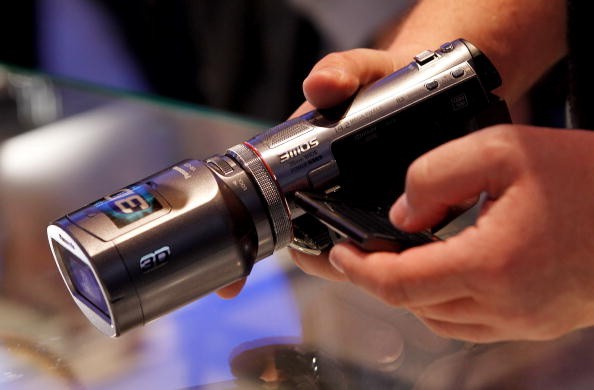A new trilobite-like camera lens has been developed, and it offers a feature that is not yet integrated into the mainstream camera devices, such as DSLRs and video cams developed by Sony, Nikon, and other manufacturers.

Involved scientists observed the unique bifocal compound eye system of the trilobite, a pre-historic marine arthropod. They discovered that this extinct animal has eyes that are very sensitive to light-field information.
Thanks to this unusual ability, a trilobite can focus on near and far objects, allowing them to avoid predators more efficiently.
Now, a new study explained how the new lens copies the ability of the trilobite's eyes.
Trilobite-Like Camera Lens
According to ScienceNews' latest report, the new study titled "Trilobite-inspired neural nanophotonic light-field camera with extreme depth-of-field" revealed a new camera lens that can focus on near and far away subjects.

The great thing about this new lens is that it can offer an extreme depth-of-field effect in a single image. However, there's one issue. The middle distance can be quite blurry.
Ivo Ihrke, a computational imaging researcher at the University of Siegen, explained that capturing more depth information can offer better image output, allowing experts to see more details.
Trilobite-Like Camera Lens' Structure
Involved camera experts were able to create the trilobite-like lens by fabricating an array of tiny lenses, forming the so-called metalenses.
Because of this, more light can enter the camera lens. On the other hand, flat glass was created to house tiny lenses (nanopillars).
These nanopillars are placed at different heights so that light can pass through them at different levels. The short nanopillars are for capturing nearby subjects, and the long ones are for far-away objects.
If you want to know more about this new advanced bifocal camera lens, you can visit this link.
Meanwhile, a new MIT camera lens was recently unveiled, which can focus light faster and more efficiently.
On the other hand, ultra-thin metalens might soon replace bulky lenses in cameras, phones, and telescopes.
For more news updates about camera lenses and other similar technologies, always keep your tabs open here at TechTimes.
Related Article : New Liquid Lens Could Enhance Camera Smartphones! Glass-Based Vs. Water-Based Model; Which One Is Better?
This article is owned by TechTimes
Written by: Griffin Davis
ⓒ 2026 TECHTIMES.com All rights reserved. Do not reproduce without permission.




